| Beauty, durability and rarity are three the most important qualities of the true gem stone. G. Smith
Gemstones are mainly minerals, characterized by a beautiful colour, transparency, brilliance, dispersion, etc. They have high durability (hardness), chemical stability and could be faceted and polished well. A true gemstone must be rare too.
Decorative gemstones are semi-transparent and opaque minerals and rocks with nice inclusions or pattern which can be used for jewellery, fine and applied arts.
The science dealing with natural and artificial gemstones is called Gemology (from Latin "gemma" and "logos"- knowledge).
Gemstones in nature are usually in the form of crystals. Cutting and polishing are used to give them the desired shape, to eliminate some natural defects and to highlight their qualities. The transparent gemstones are faceted - a process of cutting regular planes on stone in a predetermined pattern that is related to the stone’s crystalline structure. There are two main types of faceting – brilliant and step cut. The non-transparent stones are not faceted at all, but smoothed and rounded to form a cabochon. The weight of the gemstones is measured in carats. One carat equals to 0.2 grams.
The list of the gemstones increases continuously. Some of the latest gemstones are charoite and tanzanite
Gems and Gemstones collection is the most attractive exhibition in the museum. It presents natural crystals and raw gem materials as well as faceted and polished gemstones. It includes 2513 samples from Bulgaria and 40 other countries. Only 1189 of them are shown in the exhibition.
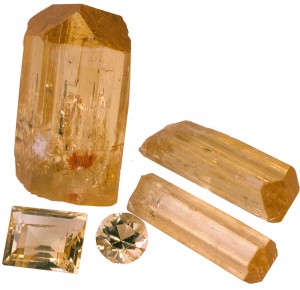
Skapolite, Tanzania
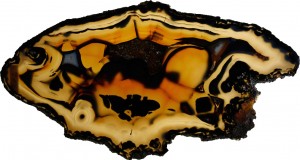 Agate, Brazil Agate, Brazil
Easily recognisable in the exhibition are the diamonds, rubies, sapphires, emeralds, aquamarines, topazes, garnets and other well-known gemstones. The rich collections of beryl, topaz and quartz varieties have a special place there.
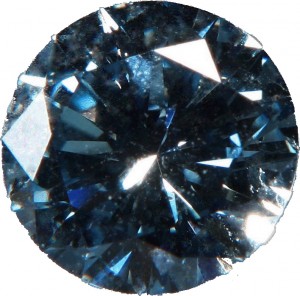
Synthetic diamond Russia
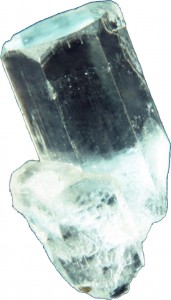
Aquamarine, Pakistan
Almost all the beryl varieties are on exhibit in showcases E 269 and E 271: classic green emerald, sea water colour aquamarine, yellow heliodor, golden beryl, pink morganite and colourless goshenite. And the man-made synthetic emeralds, hardly distinguishable from the natural ones there, are just one of the results from the eternal human striving to reveal nature's secrets.
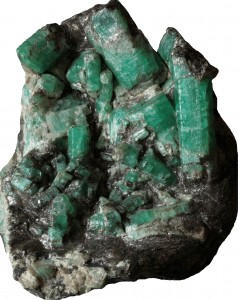 Emerald, Russia Emerald, Russia
Here you can see materialized eternal human quest for revealing the secrets of nature - produced synthetically emeralds are difficult to distinguish from natural ones.
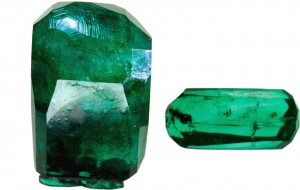 Synthetic emerald, Russia Synthetic emerald, Russia
The topaz collection stands out with the unique size crystals form Volin, Ukraine. They vary from absolutely colourless to deep blue and orange-brown. And all of them are with impeccable gem quality.
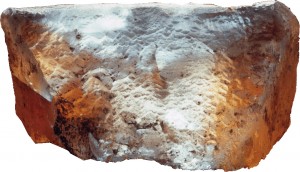 Topaz, Ukraine Topaz, Ukraine
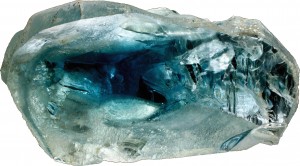
Topaz, Ukraine
The quartz, one of the most familiar gemstones, is well presented with natural crystals, faceted gemstones and cabochons in showcases E 283, E 284, E 277 and E 278. One can see there purple amethysts, orange-yellow citrines and ametrines, the latter combining the amethyst and citrine colours; smoky quartz and morion; roze quartz and colourless rock crystals; chalcedony, multi-coloured jaspers; petrified wood and opals in different colours, including precious opal from the world most famous localities.
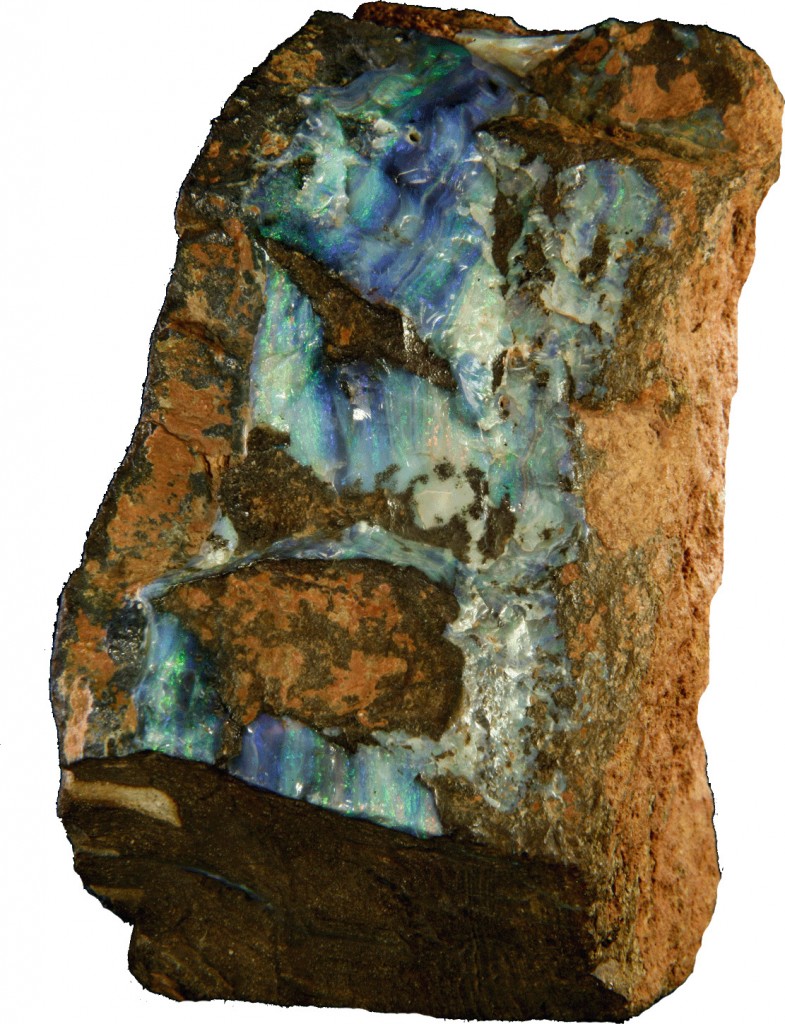 Precious opal, Australia Precious opal, Australia
Cryptocrystalline varieties of quartz – chalcedony and quartzine, combined with amethyst, rock crystal and opal lead to the incredible variety of agates, presented in E 279, E 280, E 281, E 282 and E 285.
 Agate, Bulgaria Agate, Bulgaria
 Agate, Brazil Agate, Brazil
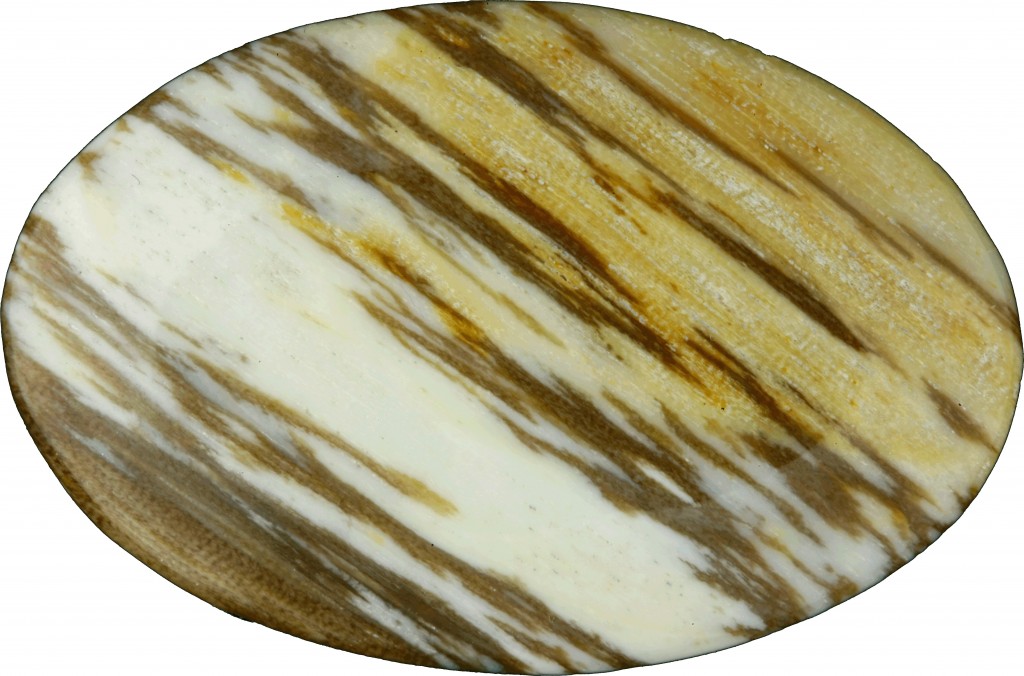 Petrified wood Dragoinovo, Bulgaria Petrified wood Dragoinovo, Bulgaria
The exhibition includes also rare and exotic gemstones, such as scapolite, euclase, datolite, danburite, tanzanite, spodumene (kunzite and hiddenite), axinite and kyanite (E 261, E 262 and E 276). Rare and exotic combine well in the tektite - an alien sitting quietly among the stones. Green droplets of natural glass formed when the fire rain of a melted meteorite dropped down into the Vltava River.
Some of the highly prized in Asia jades and nephrites can be seen in E 274.
First class malachite and rhodonite from some world famous deposits are arranged in E 275. The impressive lapis-lazuli collection has samples from all known deposits of this material including the most famous deposits in Afghanistan, which have been exploited for more than 2500 years. The only deposit of charoite in the world is presented with some of its best quality raw material, polished slabs and beautiful vases. Blue fire sparkles in the labradorite in E 286.
 Labradorite, Russia Labradorite, Russia
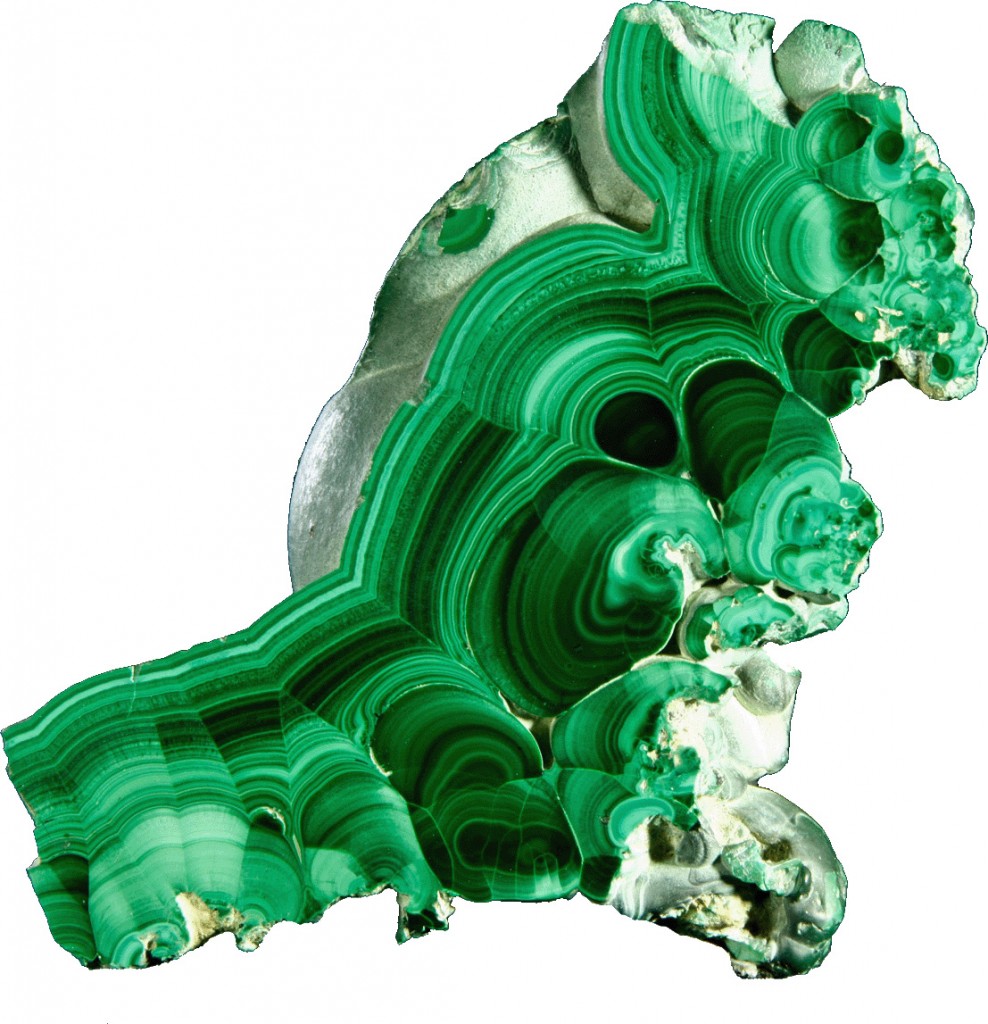 Malachite, Urals, Russia Malachite, Urals, Russia
In showcase E 267 Czech pyrope garnets are scattered like red pomegranate seeds next to the watermelon tourmalines, the sparkling fire opals from Mexico and Kazakhstan and the stunning world famous Australian precious opals.
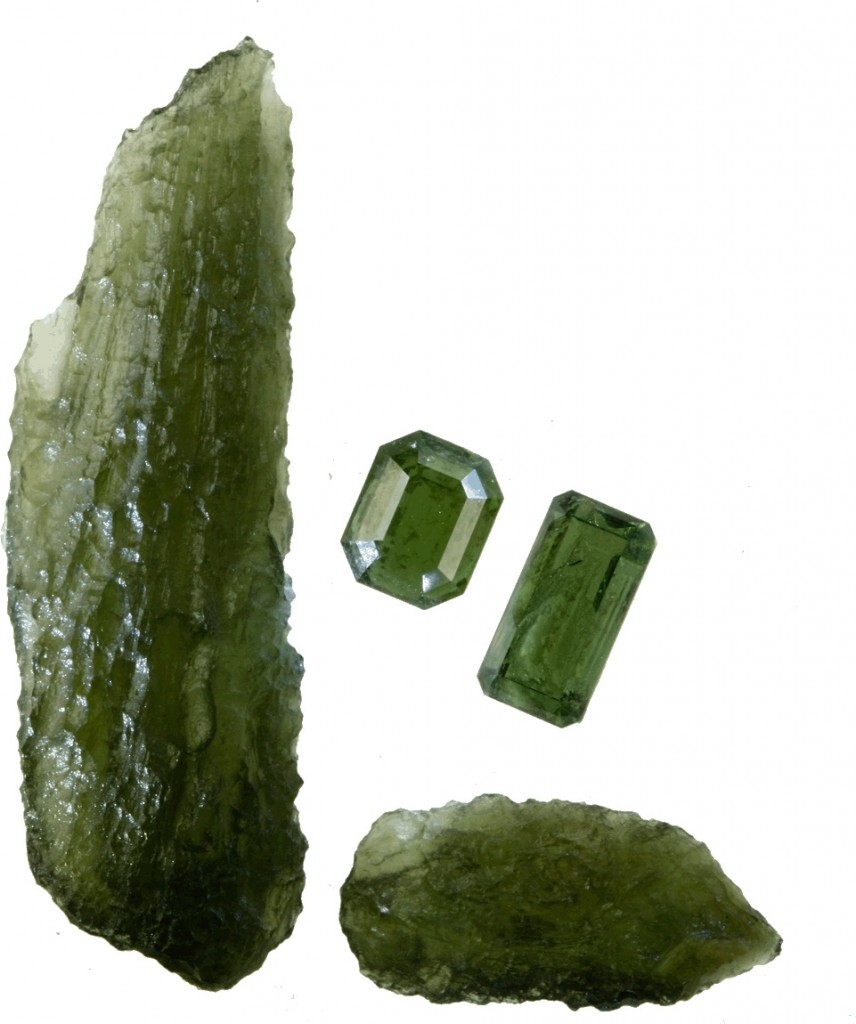 Tektites, Czech Republic Tektites, Czech Republic
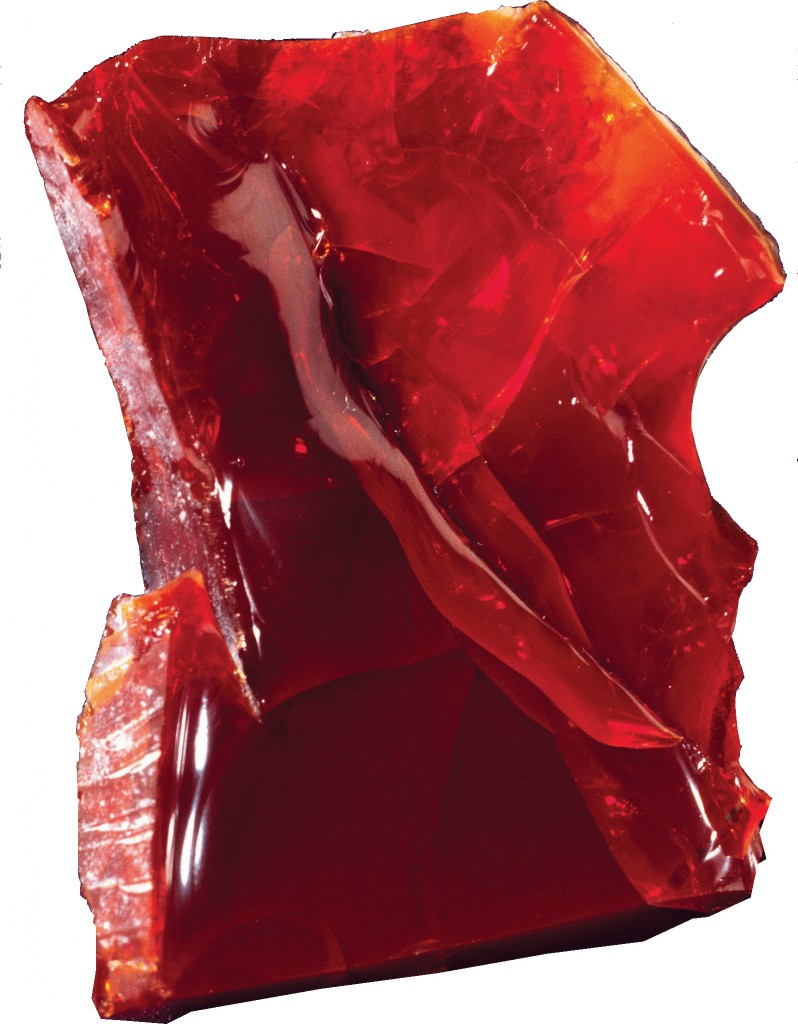 Fire opal, Kazakhstan Fire opal, Kazakhstan
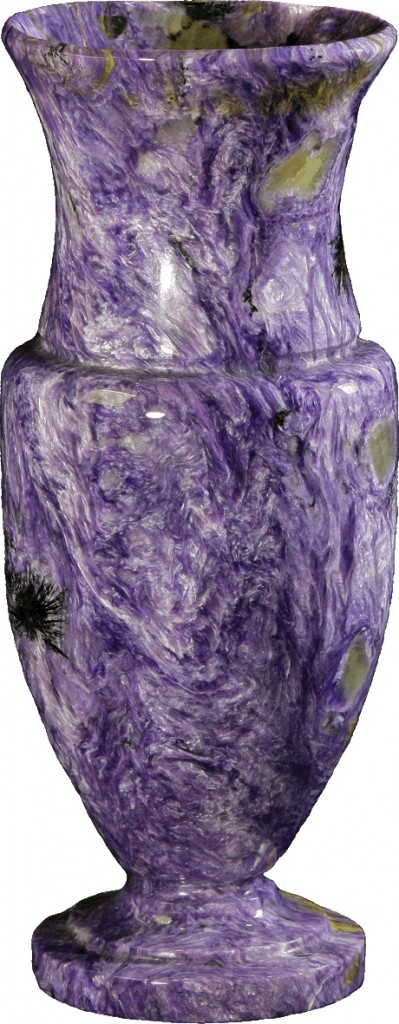 Charoite, Russia Charoite, Russia
|